
The Rustic Crust company, a celebrated American pizza maker and the third largest employer in Pittsfield, New Hampshire, shut its doors in August 2024. The news rocked not only the local community but the broader frozen pizza industry.
After nearly thirty years in business, the company cited “economic and industry forces beyond our control,” as the reason for closure, which left dozens of employees without jobs overnight.
The sudden shutdown came as a surprise to customers, employees and suppliers, underlining how even long-established food companies are vulnerable in the tough economic environment.
Why Did Rustic Crust Collapse?

The downfall of Rustic Crust was the result of a perfect storm of economic and industry pressures. The company’s private equity owner could no longer cover operating costs, and efforts to secure new investment failed when lenders rejected terms from potential rescuers.
Broader economic challenges like rising ingredient prices, supply chain disruptions, and changing consumer habits also added pressure to the business.
These factors combined to create an unsustainable scenario that forced the company into bankruptcy and resulted in the sale of its state-of-the-art production facility at auction in May 2025.
Local Community Feels the Impact
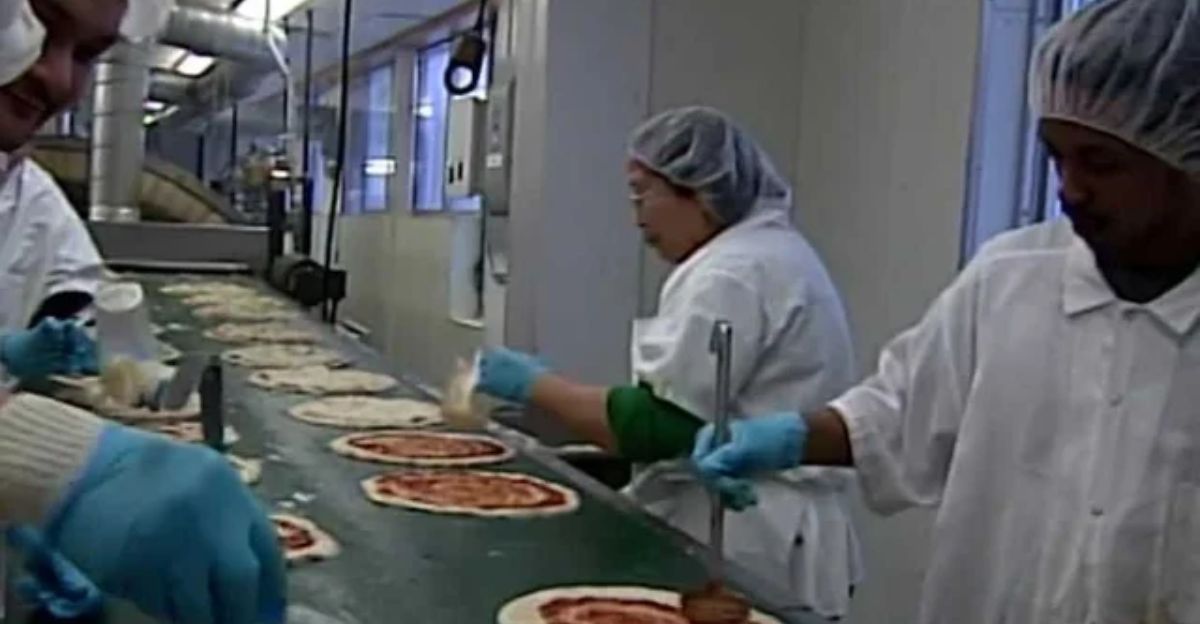
The immediate fallout from Rustic Crust’s closure was felt most acutely in Pittsfield, where it has had a presence for nearly three decades. The third-largest employer in town, the shutdown immediately left dozens of families without income, straining local services and support networks.
The fall also led local businesses that provided the factory with ingredients or services to take a hit, and the losses cascaded around the local area.
The loss of such a major employer is likely to have a long-term impact on Pittsfield’s economy and social fabric, and it underscores the interconnectedness of small-town economic industries.
Disruptions on Grocery Store Shelves
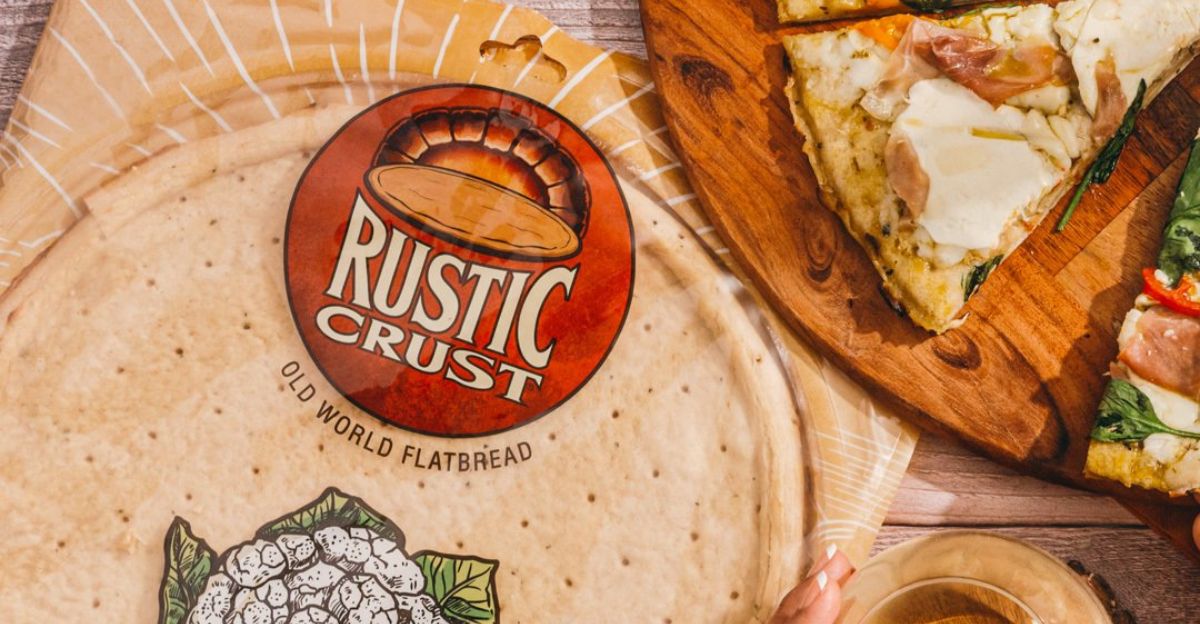
Rustic Crust’s products, including its popular frozen pizzas and pizza dough, had become staples in major grocery chains like Whole Foods, Market Basket, Hannaford, Stop & Shop, and Publix.
When the company suddenly shut down, retailers scrambled to fill the gap left on their shelves. Customers who relied on Rustic Crust for its wood-fired pizzas went months without their favorite products and had to purchase other options.
This disruption not only affected consumers but also put pressure on competing brands to ramp up production and meet increased demand.
Fast Food and Restaurant Supply Chains Adapt
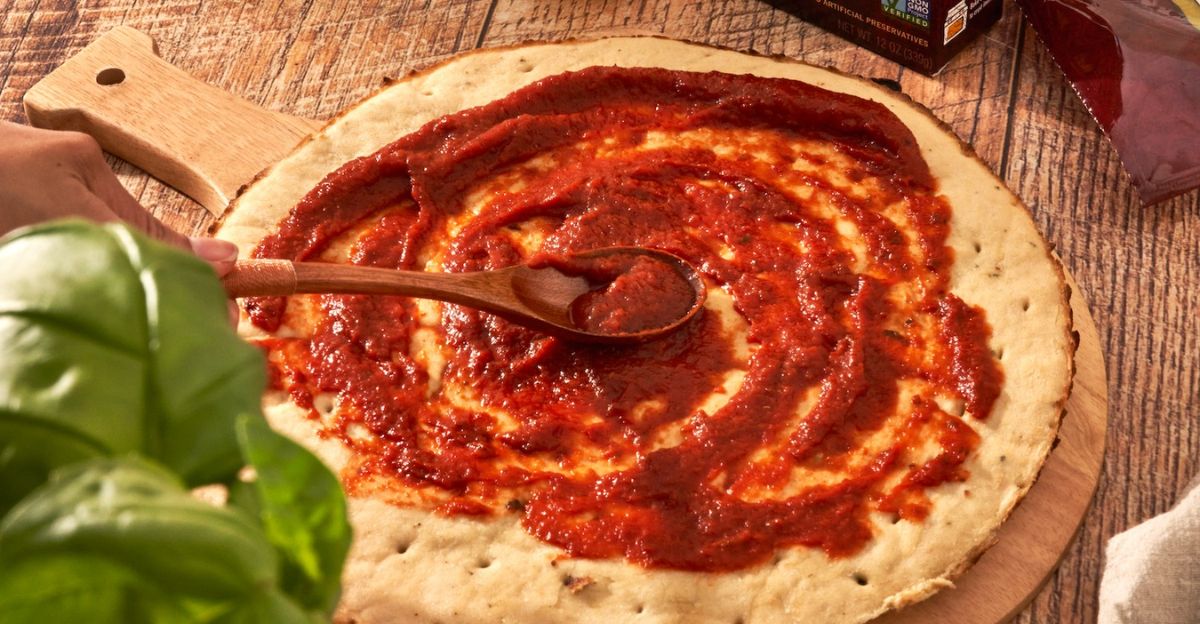
Beyond the grocery stores, Rustic Crust’s closure reverberated through the foodservice industry. Hundreds of independent pizzerias and restaurants ordered the company’s dough and crusts, relying on its consistent quality.
With supply abruptly cut off, these businesses were forced to find new suppliers, often at higher prices or with longer lead times.
Some restaurants were forced to change their menus or raise their prices, passing along the cost to customers. The shake-up in the supply chain is a stark example of how the failure of one manufacturer can pose cascading challenges for the broader food industry.
Rise of Competing and Alternative Brands
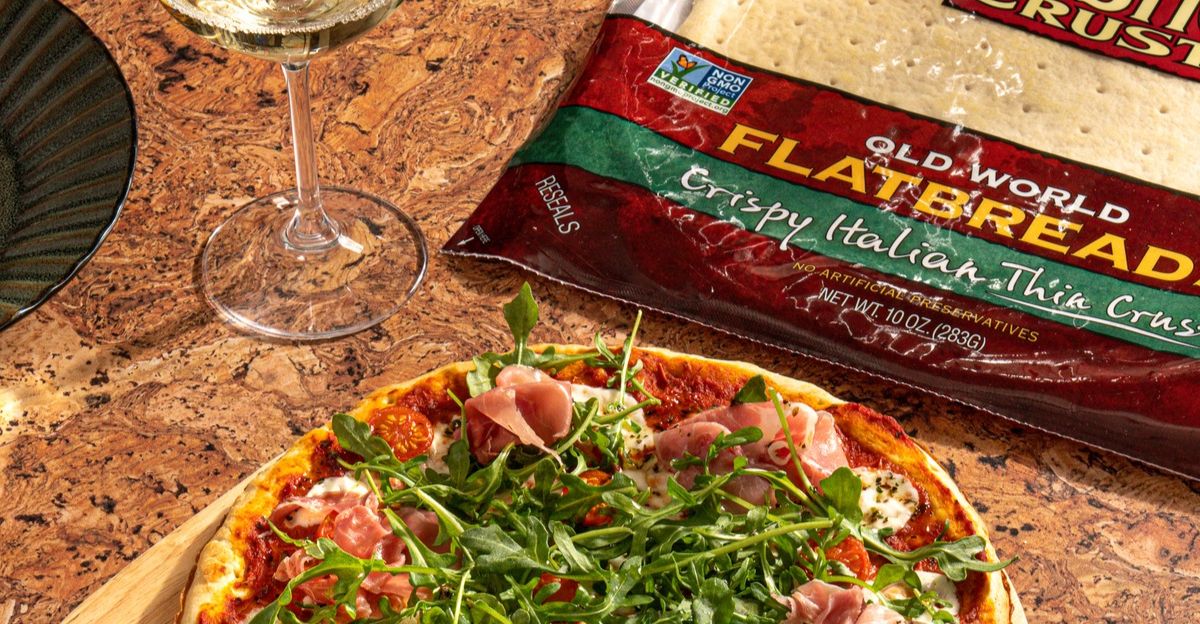
As Rustic Crust exited the market, other brands selling frozen pizza and crust alternatives were quick to fill the gap. Companies specializing in plant-based or gluten-free options reported increased sales as consumers sought replacements.
However, the sudden spike in demand also revealed weaknesses in these companies’ supply chains, which periodically suffered from shortages and price hikes.
The change in consumer shopping habits also highlights how the collapse of one brand can expedite trends and growth in adjacent market segments, at times in surprising ways.
Auction and Uncertain Future
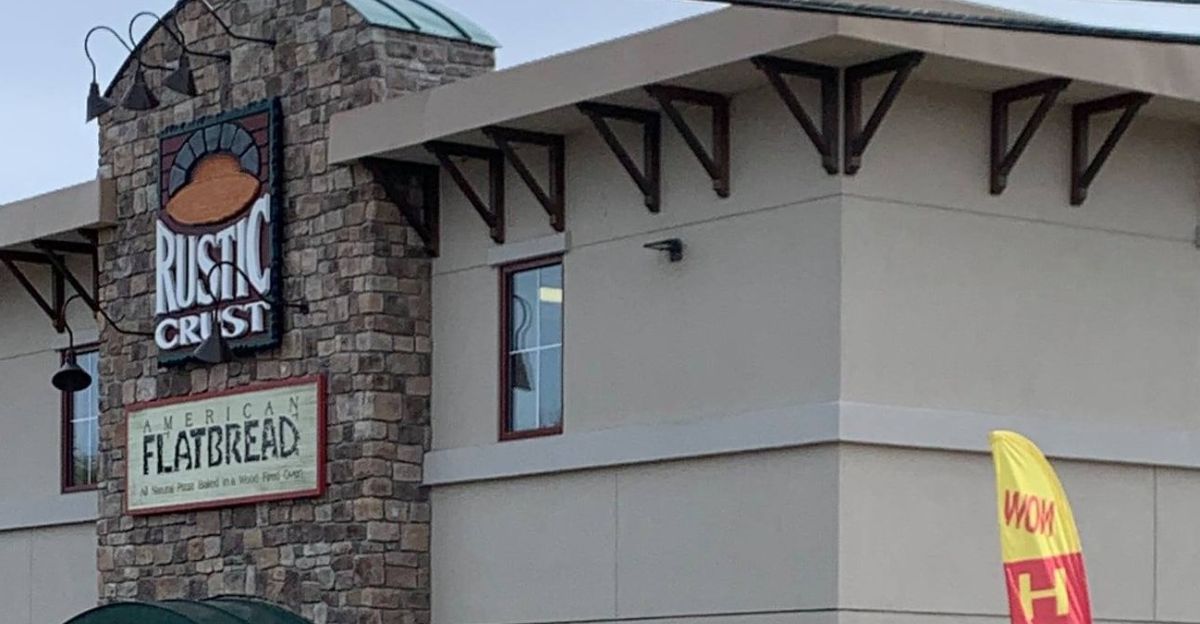
Rustic Crust’s custom-built 28,000-square-foot production facility was auctioned off in May 2025 as part of a court-ordered sale. The auction also drew attention from food producers looking for a ready-made facility, although the court has yet to announce the winning bidder.
The fate of the facility — and whether it will continue producing pizzas or be repurposed — will have significant implications on local employment and on the wider landscape for food manufacturers.
Policy and Political Focus

Local and state officials have not overlooked the fact that a large employer such as Rustic Crust is shutting down. But in New Hampshire and beyond, lawmakers are now facing questions about how to support communities ravaged by sudden business failures.
Others are calling for emergency economic relief, job retraining programs, or even tax incentives to lure new manufacturers to the area.
This incident has reopened arguments over the involvement of private equity in the food business as well as the need for more robust safety nets for workers caught in corporate bankruptcies.
How to Navigate a Changing Pizza Landscape

For pizza lovers and home cooks, the loss of Rustic Crust means adapting to a shifting marketplace. Experts suggest trying different brands, purchasing in bulk where possible and even experimenting with homemade dough to keep pizza night traditions.
Shoppers should watch grocery store promotions and freeze any excess products, if possible. And as the industry continues to reshape itself, consumers may find new favorites among emerging brands, turning a moment of disruption into an opportunity for culinary exploration and resilience.
The Broader Lessons of a Pizza Maker’s Fall

Rustic Crust’s bankruptcy is more than just a story about one company’s misfortune: It’s a cautionary tale about the ripple effects of business closures in today’s interconnected economy.
From local job losses to national supply chain shift and policy debates, the ripple effects stretch beyond the factory floor. With the food industry constantly changing, industry players at all levels need to be alert and flexible.
But in the end, a beloved pizza maker’s fall is a cautionary tale: Even the most familiar of brands can be susceptible to forces beyond its control, and the effects are felt by all of us.
